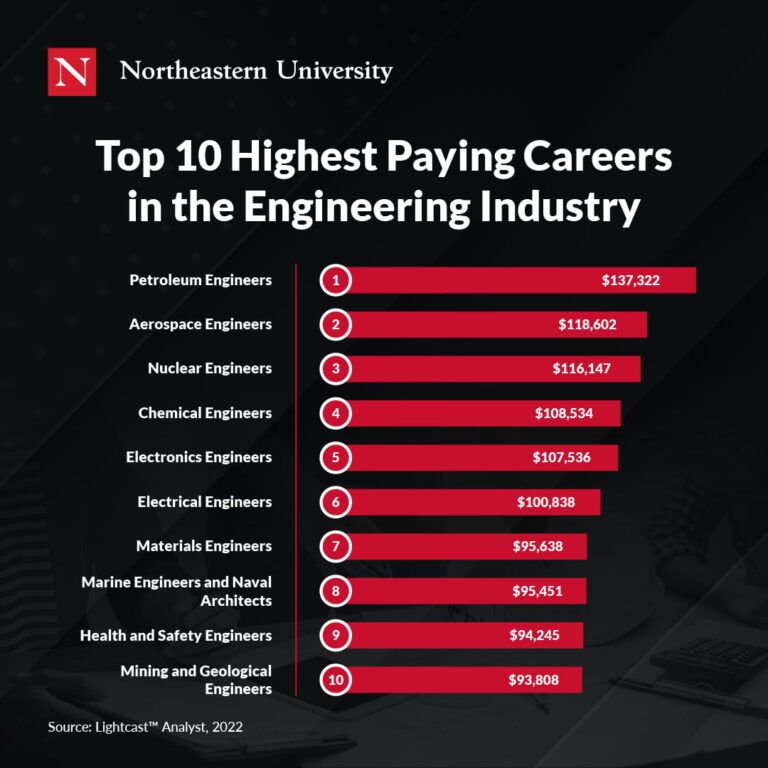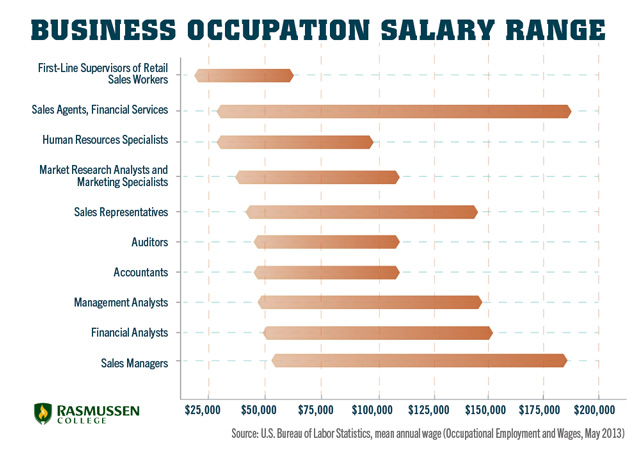Uncover The Ultimate Digital Art Careers: Your Annual Salary Potential!

The world of digital art has evolved tremendously, offering a plethora of exciting career opportunities for creative individuals. From traditional roles like graphic designers to innovative positions in virtual reality, the digital art industry provides a vast landscape for artists to explore and thrive. In this blog post, we will delve into the diverse career paths within digital art, uncovering the potential annual salaries and the skills needed to excel in each field.
Graphic Designer

Graphic designers are visual communicators who create designs to convey messages and ideas. They work with a variety of media, including print, digital, and web platforms. With the rise of digital technology, graphic designers now have a broader scope, creating everything from logo designs to interactive digital experiences.
Salary Potential
The average annual salary for a graphic designer can range from 35,000 to 70,000, depending on experience, location, and the industry they work in. Top-tier designers with extensive experience and a strong portfolio can earn upwards of $100,000 annually.
Skills Required
- Proficiency in design software such as Adobe Creative Suite (Photoshop, Illustrator, InDesign)
- Strong understanding of color theory, typography, and composition
- Ability to create visually appealing designs that meet client requirements
- Excellent communication and problem-solving skills
- Knowledge of web design and development (HTML, CSS) is an added advantage
3D Artist

3D artists bring virtual worlds to life through their creative skills. They create three-dimensional models, animations, and visual effects for a wide range of industries, including film, gaming, and architecture.
Salary Potential
The average annual salary for a 3D artist ranges from 40,000 to 80,000. However, highly skilled and experienced 3D artists can earn upwards of $120,000 per year, especially in the film and gaming industries.
Skills Required
- Proficiency in 3D modeling and animation software (e.g., Maya, Blender, 3ds Max)
- Understanding of lighting, texturing, and rendering techniques
- Ability to create realistic or stylized 3D assets
- Knowledge of game engines like Unity or Unreal Engine for game development
- Strong attention to detail and problem-solving skills
Motion Graphics Designer

Motion graphics designers bring graphics and text to life through animation, adding an extra layer of creativity to videos, films, and digital media.
Salary Potential
The average annual salary for a motion graphics designer ranges from 45,000 to 85,000. Experienced designers with a unique style and a strong portfolio can earn upwards of $100,000 per year.
Skills Required
- Proficiency in motion graphics software like Adobe After Effects
- Understanding of animation principles and timing
- Ability to create engaging and visually appealing motion graphics
- Knowledge of video editing and post-production techniques
- Strong storytelling skills and attention to detail
Web Designer/Developer

Web designers and developers create visually appealing and functional websites. They work on the front-end (design) and back-end (development) aspects of websites, ensuring a seamless user experience.
Salary Potential
The average annual salary for a web designer/developer ranges from 50,000 to 100,000. Highly skilled and experienced professionals in this field can earn upwards of $150,000 per year, especially in specialized areas like e-commerce or enterprise-level web development.
Skills Required
- Proficiency in web design software (e.g., Adobe XD, Sketch) and development tools (HTML, CSS, JavaScript)
- Understanding of responsive design and mobile optimization
- Ability to create user-friendly and visually appealing interfaces
- Knowledge of web accessibility standards and best practices
- Strong problem-solving and analytical skills
Virtual Reality (VR) Developer

VR developers create immersive virtual reality experiences for various industries, including gaming, education, and healthcare. They work on developing VR applications, games, and simulations.
Salary Potential
The average annual salary for a VR developer ranges from 70,000 to 120,000. With the growing demand for VR technology, experienced developers can earn upwards of $150,000 per year.
Skills Required
- Proficiency in VR development platforms like Unity or Unreal Engine
- Understanding of VR hardware and software integration
- Ability to create interactive and engaging VR experiences
- Knowledge of game design principles and storytelling
- Strong programming skills (C#, C++, JavaScript)
Illustrator

Illustrators create visual representations of ideas, stories, and concepts. They work across various media, including print, digital, and animation, bringing characters, scenes, and narratives to life.
Salary Potential
The average annual salary for an illustrator can range from 30,000 to 70,000. However, highly skilled and in-demand illustrators with a unique style can earn upwards of $100,000 per year, especially in specialized fields like children’s book illustration or concept art.
Skills Required
- Proficiency in illustration software (e.g., Adobe Illustrator, Procreate)
- Strong drawing and painting skills
- Ability to create visually appealing and narrative-driven illustrations
- Understanding of color theory and composition
- Knowledge of character design and storytelling techniques
Digital Painter
Digital painters use digital tools to create fine art paintings. They work with a variety of digital media, replicating traditional painting techniques and styles in a digital environment.
Salary Potential
The average annual salary for a digital painter can range from 30,000 to 60,000. Highly skilled digital painters with a unique artistic style can earn upwards of $80,000 per year, especially if they work on commissioned projects or sell their artwork.
Skills Required
- Proficiency in digital painting software (e.g., Corel Painter, Clip Studio Paint)
- Strong traditional painting skills and understanding of art fundamentals
- Ability to create realistic or stylized digital paintings
- Knowledge of color theory, lighting, and composition
- Familiarity with digital art platforms and online communities for exposure
Conclusion

The digital art industry offers a wide range of exciting career opportunities, each with its own unique skill set and salary potential. Whether you’re a graphic designer, 3D artist, or VR developer, the key to success lies in continuous learning, staying updated with the latest trends and technologies, and building a strong portfolio that showcases your creativity and expertise. Embrace the digital art world, and your annual salary potential will follow!
FAQ

What are the key skills needed to become a successful graphic designer?
+To become a successful graphic designer, you need a strong foundation in design principles, proficiency in design software like Adobe Creative Suite, and excellent communication skills. Additionally, staying updated with design trends and technologies is crucial.
How can I break into the 3D art industry as a beginner?
+Start by learning the basics of 3D modeling and animation software. Practice creating 3D assets and building a portfolio. Engage with online communities and seek feedback to improve your skills. Consider taking online courses or attending workshops to enhance your knowledge.
What are the best software tools for motion graphics designers?
+The most popular software for motion graphics designers is Adobe After Effects. However, other tools like Cinema 4D, Blender, and Premier Pro are also widely used. It’s essential to choose software that aligns with your creative vision and workflow.
How can I learn web design and development as a beginner?
+Start with online tutorials and courses that cover the basics of HTML, CSS, and JavaScript. Build simple projects to practice your skills. Consider learning web design software like Adobe XD or Sketch. Engage with web development communities and seek feedback on your work.
What are the key differences between 2D and 3D animation?
+2D animation is created using flat, two-dimensional images, while 3D animation involves creating three-dimensional models and environments. 2D animation often has a more hand-drawn or stylized look, while 3D animation aims for a more realistic or photorealistic appearance.
